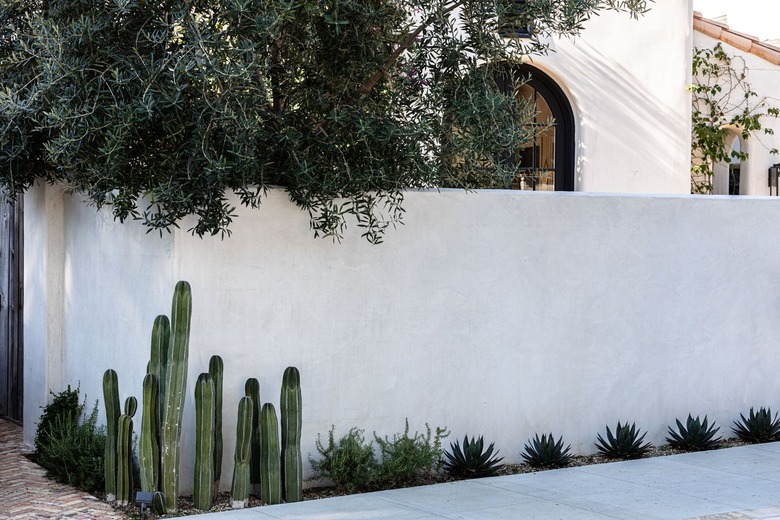How To Save A Rotted Cactus
We may receive a commission on purchases made from links.
Desert cacti are generally problem-free plants. Give them a spot of sunlight and a minimal amount of care, and they will grow healthily and happily. In fact, one of the only real enemies of cacti is too much water. Overwatering is the primary cause of cactus rot. If you notice that your plant has begun to get mushy, act quickly and you may be able to remedy the problem. Even cacti rotted all the way down to the soil line may be able to bounce back with proper care.
Tips for Preventing Cactus Rot
Tips for Preventing
Cactus Rot
Growing cacti in preferred conditions goes a long way toward preventing problems with rot. If growing the cactus in a pot, make sure the container has bottom drainage holes. Otherwise, the soil can remain too soggy because it doesn't drain properly and will promote rot problems. When it comes to a potting medium, always use a fast-draining soilless mixture in pots and for cacti grown in the landscape, plant in soil that is well-draining and doesn't puddle with water. You can easily tell if the cactus is suffering from rot, as the affected sections will be mushy. When trimming off rotted sections of the cactus, make sure to use clean pruning tools so you don't transfer unwanted disease to the plant.
Watering properly also prevents rot. During the growing season of spring through summer, water the cactus every week or two. However, in winter the cactus stops actively growing and doesn't require as much moisture. You can cut back watering to once every three to four weeks, resuming normal watering practices again in spring.
Cactus Rotting From Base Up
1. Cut the Cactus
Cut the top of the cactus off with a sharp knife. Make the cut at least 2 inches above the rotted plant material.
2. Allow Cactus to Dry
Leave the cut cactus piece on its side indoors in a cool, dry spot for 24 to 72 hours or until the cut bottom of the cactus piece dries and callouses over.
3. Change the Soil
Change the cactus soil, if growing in a pot, or move to drier soil, if growing in the landscape. Overwatering is a common cause of rot, but fungal problems in the soil may also be the root of the cause. Use a clean pot and fill it with fresh cactus soil. Don't use regular potting soil because it's too heavy and retains too much water. Plant the cactus in the landscape in a drier spot that contains sandy well-draining soil.
4. Replant the Cactus
Replant the piece of cactus you cut off in the new soil. Sit it just deep enough to keep it from toppling over.
5. Water the Cactus
Water the soil once weekly during the plant's first two weeks of growth, while it is putting down new roots.
Cactus Rotting From Top Down
1. Cut Off Rotted Portion
Cut the rotted portion of the cactus away with a sharp knife. Make the pruning cut at least 1 inch into healthy tissue to make sure that you prune away all of the rotted tissue.
2. Discard Rotted Portion
Dispose of the rotted portion of the cactus. It cannot be saved or repotted.
3. Replant the Cactus
Make sure that your potted cactus is growing in a cactus-succulent mixture. If it is not, you will need to repot the plant in an appropriate mixture. Potting or garden soil retains too much moisture and will likely lead to more rotting problems. If your cactus is growing in the landscape in an area where water pools after a hard rain, consider moving it or potting it with cactus soil mixture.
